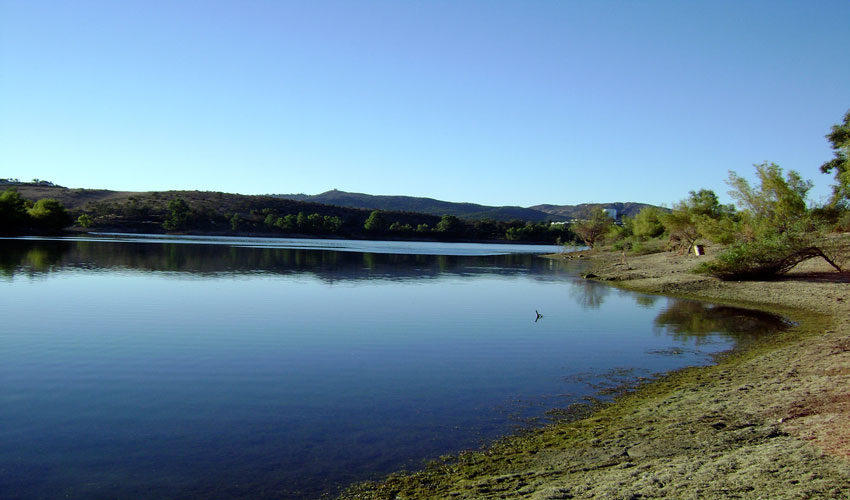
About 23 miles from downtown San Diego, at the precise intersection of the manmade and the natural worlds, lies the lovely gem of Lake Jennings. It is an 9800-acre-foot capacity reservoir that although man-made, is also a haven of wildlife-spotting, camping and fishing, and works as an excellent warm-up for adventurers setting out on a journey in the Wild West. Here’s what you need to know.
Photo by Ewen Roberts
How it was born and what you can do there
The Helix Irrigation District built Chet Harritt Dam in 1962, which forms the reservoir. It stores water that is used by more than 260,000 people in the San Diego region. Facilities are operated by the California Water Commission; the gamut of fun possibilities at Lake Jennings runs from fishing, camping, picnicking and boating to hiking. The campground is open all year round.
Hiking around Lake Jennings
The hike can begin from any starting point you choose. If you start from the bait shop, the 5.5-mile route includes both the paved road and a dirt trail. Alternatively, you can drive to the end of the parking area by Eagle Point and take the dirt road northwest about 1.5 miles, which will eventually go through the camping area. Halfway along this trail overlooking Half Moon Cove is a low ridge and saddle to the north. Climb the ridge for a view of the lake and the beautiful El Cajon Mountain in the distance. From the camping area, return down to the bait shop and around the rest of the lake to where you parked, or turn around on the dirt trail to complete a 3-mile out-and-back walk. We don’t think this is something that might bother you personally, but you might have company of a more delicate disposition, so we’ll mention that the trail has no real shade, so it may be best to hike in the early mornings before the heat of the day sets in, or to keep close to the shore where there are more trees. It’s well worth your while to pack a copious lunch for alfresco dining (if you’re into this sort of thing) too.
Flora and fauna
The terrain that surrounds the Lake Jennings is a mix of native chaparral, riparian plants and coastal sage scrub. You’ll also happen upon California sagebrush, Laurel sumac, arroyo willow, and a riot of wildflowers like wild hyacinth, San Diego sunflower, Lupine and wild cucumber. Prickly pear cactus is further up on the hillsides.
If you’re in luck, you’ll also be able to spot along the trail and around the lake turkey vultures, white pelicans, and bald eagles, and depending on the season, a number of local and migratory shorebirds. If you love butterflies, you’ll be in your element here, as there’s a good chance of seeing orange-tipped butterflies and painted ladies. Apart from this, the shores teem with various lizards and small mammals like raccoons and woodrats.
We hope this has piqued your curiosity about this charming patch and you agree that this gentle stir would make an ideal start to your Wild West Challenge that gathers force with every step.

